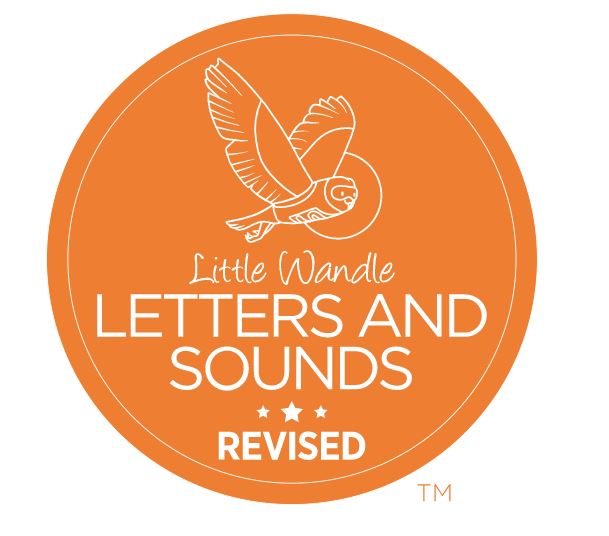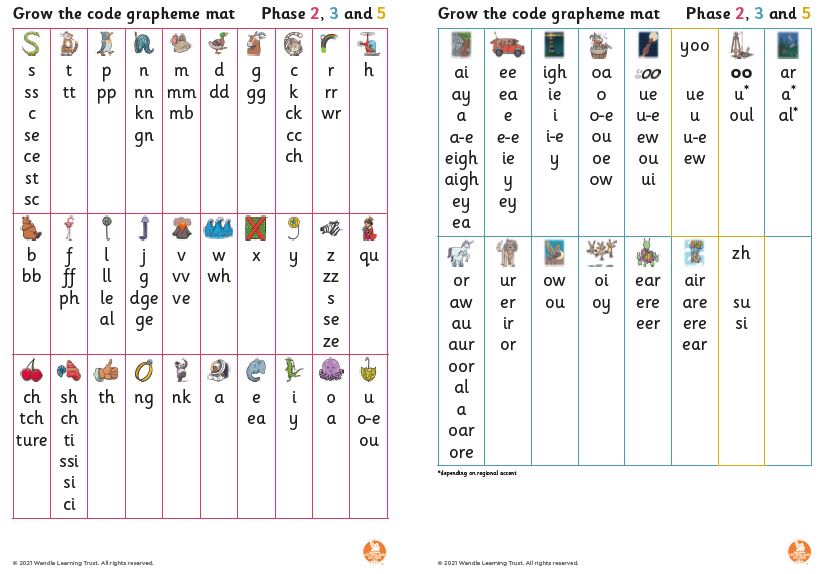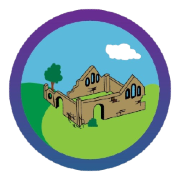How We Teach Phonics and Early Reading

Here is the powerpoint which was shared with parents at our Phonics Information Evening on the 9th October 2023.
Phonics Statement
At the Federation of Netley Abbey Schools, we give a high priority to the teaching of phonics as we know that reading is a lifelong skill that unlocks all learning. Our aim is for all pupils to leave our school being able to read fluently and have a love of reading. Therefore, we are dedicated to ensuring that early reading, through phonics, is taught effectively every day.
Approach
We adopt the synthetic phonics approach through the Little Wandle scheme. Synthetic phonics is the process of sounding out the individual sounds in an unknown word and then blending these sounds together in order to read the word. The scheme teaches the sounds in an order which allows them to quickly begin to put sounds together to read words. For example, many words can be created from the letters SATPIN, whereas very few could be built using the initial letters of the alphabet ABCDE.
Tricky words
Alongside the skills of blending (putting sounds together to read) and segmenting (breaking words down to spell them), the children are also taught ‘tricky words’. These are words that cannot be sounded out, such as 'was' or 'me'. They learn to read and to spell these from memory within each phase.
Reception and Year 1
Phonic sessions are taught daily following the Little Wandle scheme of progression.
The following overview shows the progression of the taught grapheme-phoneme correspondences (GPCs) and tricky words that we teach term by term. The progression has been organised so that pupils are taught from the simple to more complex GPCs, as well as taking into account the frequency of their occurrence in the most commonly encountered words. All the graphemes taught are practised in words, sentences, and later on, in fully decodable books. Pupils review and revise GPCs and words, daily, weekly and across terms and years, in order to move this knowledge into their long-term memory.
Any pupil that needs additional practice has daily ‘keep-up’ support taught by a fully trained adult. Keep-up lessons match the structure of class teaching, and use the same procedures, resources and mantras, but in smaller steps with more repetition, so that every pupil secures their learning.
programme overview reception and year 1 1.pdf
Year 2 and beyond
The pupils in Year 2 (and into Lower Key Stage 2) will continue to use all their phonic knowledge and alternative spellings for phonemes to develop their reading fluency and their accuracy in spelling. This is taught through the No Nonsense Spelling Scheme.
They will use the ‘Grow the Code’ grapheme chart to support them with this:

Words your child might use when talking about phonics:
|
Phoneme |
Phonemes are the smallest unit of speech - sounds which make up a word. If you change a phoneme in a word, you would change its meaning. For example, there are three phonemes in the word sit /s/-/i/-/t/. If you change the phoneme /s/ for /f/, you have a new word, fit. If you change the phoneme /t/ in fit for a /sh/, you have a new word, fish - /f/-/i/-/sh/. |
|
Grapheme |
Graphemes are the written representation of sounds – the letters. |
|
Digraph |
A grapheme containing 2 letters that makes just one sound, eg /sh/ in shop or /ch/ in chip. |
|
Trigraph |
A grapheme containing 3 letters that makes just one sound, eg /air/ in pair or /igh/ in night. |
|
Split digraph |
A grapheme containing 2 letters but are separated by another sound, eg ‘ae’ in make is separated by the sound /k/ so it is split /a-e/. |
|
Blend |
The process of putting individual sounds together to read a word, eg sh–o-p, shop. |
|
Segment |
The process of breaking a word into individual sounds to spell a word. |
|
Sound buttons |
Teachers might use these under words to indicate whether the sound is a single letter sound (dot) or a digraph/trigraph (dash) to help children to blend the sounds correctly in the word, eg shop.
|
There is a parents section on the Little Wandle website for further details on how best to support your child/children at home. There are also some really useful videos on pronunciation (exactly as the children are taught) and on how to support your child with reading so please take some time to explore the following link:
www.littlewandlelettersandsounds.org.uk/resources/for-parents/
Little Wandle Reading Books
Once children have a secure knowledge of a number of GPC’s (Grapheme Phoneme Correspondences) and are confidently blending, they will be ready for reading books. Prior to this they may have wordless books which develop great language skills and teach children the layout of books and how to handle books.
All the pupils in Reception, Year 1 and Year 2 will bring home two types of reading book:
- A reading practice book.
This will be at the correct phonic stage for your child. They should be able to read this fluently and independently.
This book has been carefully matched to your child’s current reading level. If your child is reading it with little help, please don’t worry that it’s too easy – your child needs to develop fluency and confidence in reading. They should read this book at least three times, more is beneficial!
Listen to them read the book. Remember to give them lots of praise – celebrate their success! If they can’t read a word, read it to them. After they have finished, talk about the book together.
- A sharing book.
In order to encourage your child to become a lifelong reader, it is important that they learn to read for pleasure. The sharing book is a book they have chosen for you to enjoy together.
Please remember that you shouldn’t expect your child to read this alone. Read it to or with them.
Discuss the pictures, enjoy the story, predict what might happen next, use different voices for the characters, explore the facts in a non-fiction book. The main thing is that you have fun!
Please talk to your child's teacher if you have any questions regarding phonics or reading.
